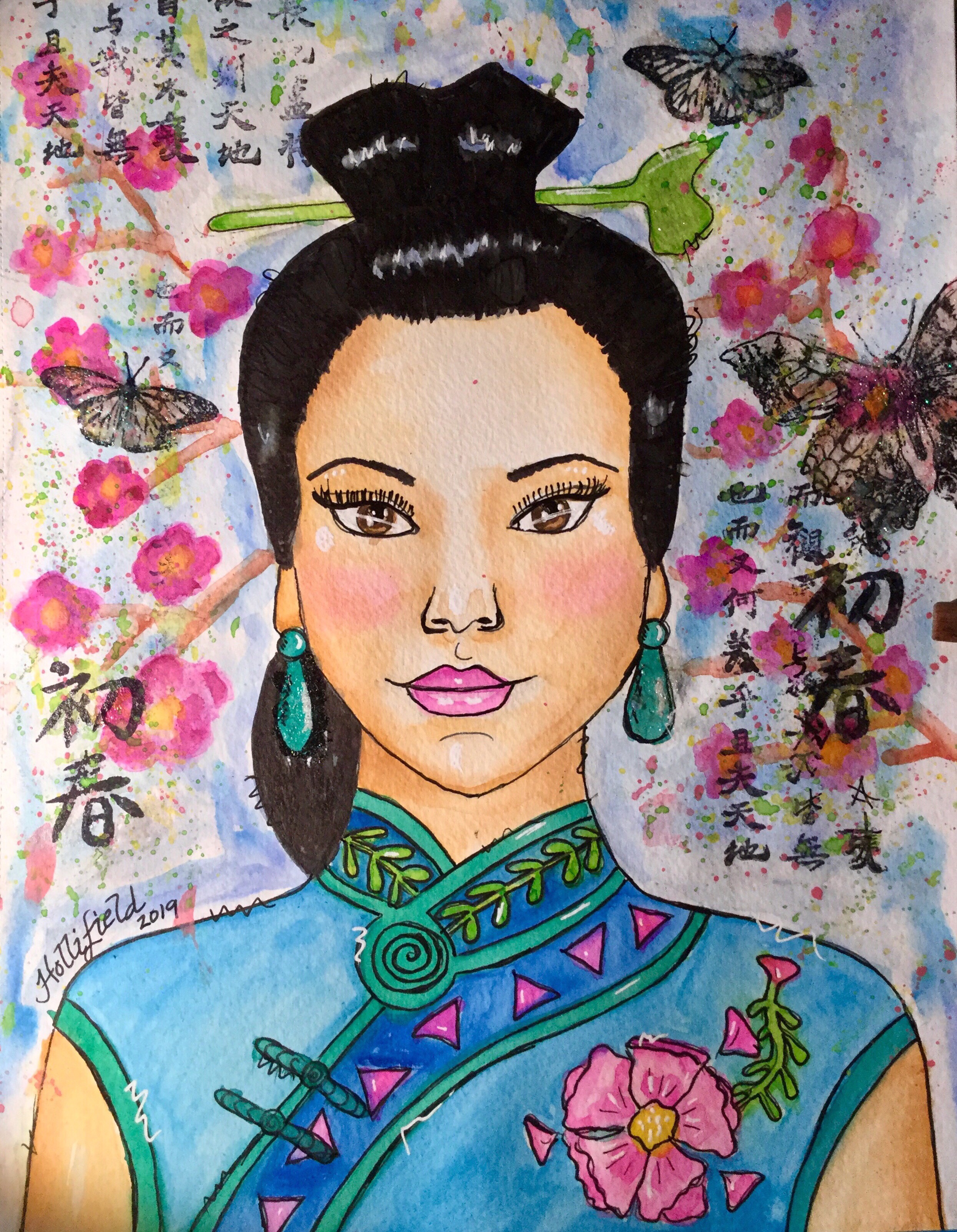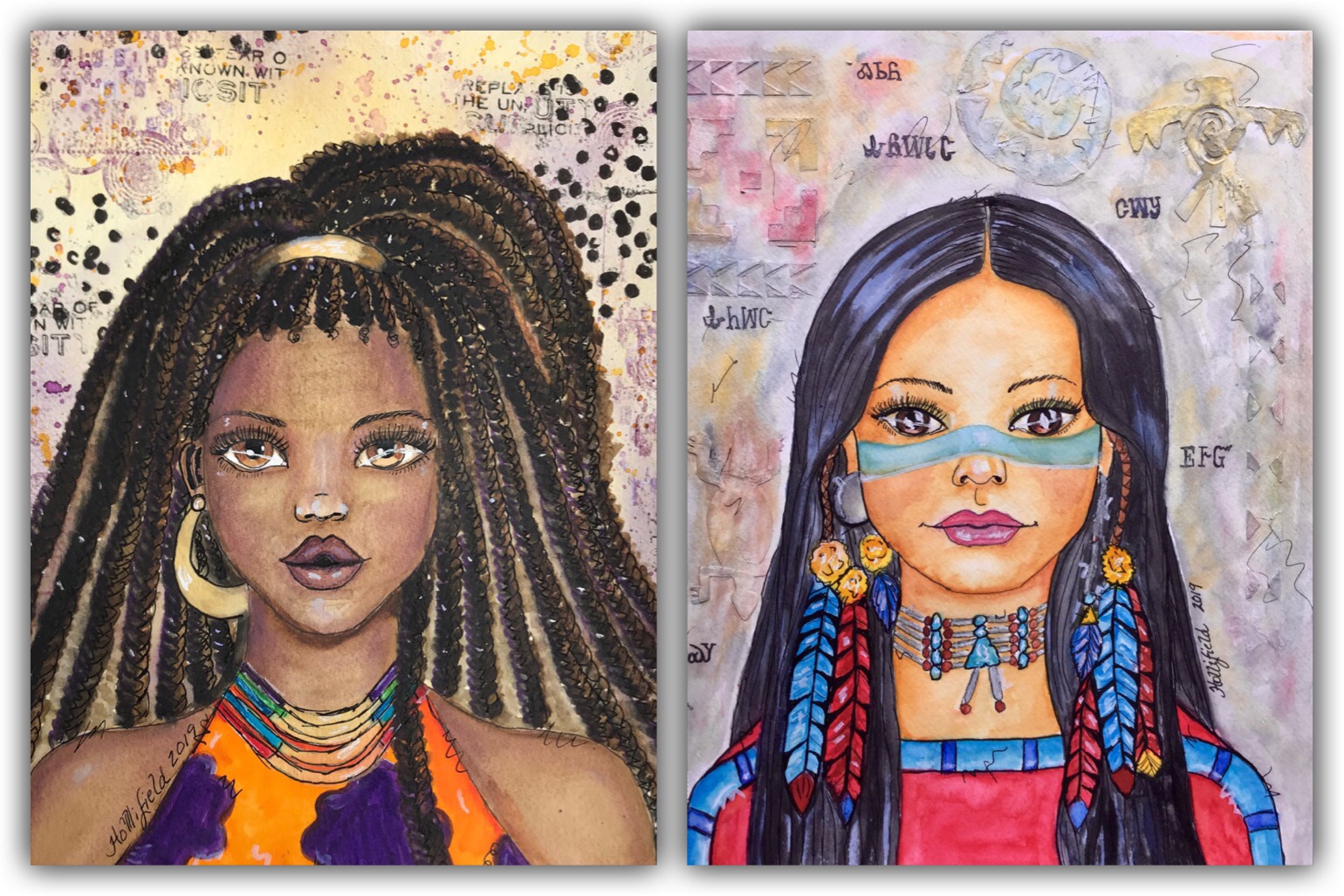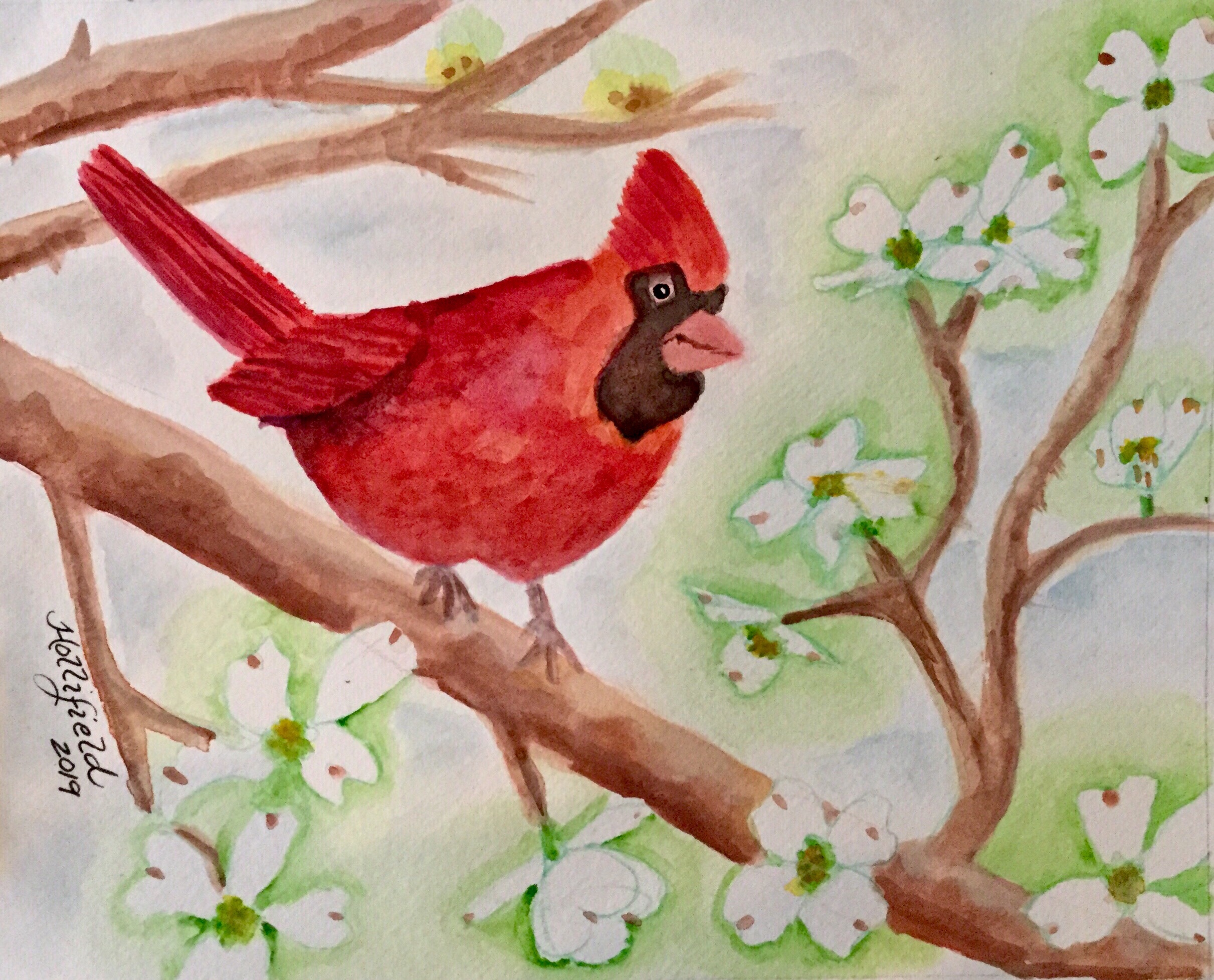
Last night I participated in a Facebook live session with my Moonshine class and teacher Effy Wild. One of the topics was grief and how we as a culture tend to shove it into a nice, neat little compartment.
I totally agree with this, and I could write pages on grief from the death of friends and family, grief from divorce or other loss of relationship, grief from loss of home, grief over the loss of a pet (I’ve cried more over the death of my dogs than over breaking up with my fiancés. And yes, that’s plural), even empty-nest syndrome, which is a bittersweet kind of loss.
However, the grief I want to explore is one I think that is especially taboo. It is the grief we experience as we grow older and realize we are mortal, that we can no longer do the things we used to do, and that we are in danger of losing our independence because of illness, frailty, or finances.
I imagine that different people confront these feelings at different ages. No one really talks much about it, and there really isn’t a lot written about it that I’ve found. Even seniors themselves avoid talking about it in a deep way, but I am convinced we all have to deal with it at some time.
Some people deal with it at retirement, and others when they get a serious illness or when a spouse or significant other dies. For me, it was right around the time I turned sixty-five, which was the age my father died. It was then I realized I had outlived my entire immediate family–my parents and my siblings. Not a long-lived family, I realized I could die of a heart-attack any day. I began to get very jealous of my time.
There were other signs of my aging that were creeping in as well, and I am sure they added to my feelings of mortality. I am not sure if I went through the stages of grief in the traditional order, but I think the journey was very like the stages and gradually led me to acceptance. By the way, I was not really afraid of death. I was afraid of dying. There is a difference.
It seems to me society tries to make getting older some wonderful, happy place, and it is. But so is young adulthood and so is middle-age. We don’t deny the problems that go with being a twenty-something or a middle-aged person. We need to acknowledge both the advantages and problems of elderhood as well.
I am happier now than I’ve ever been in my life. I wish I could still walk three miles without feeling like my psoas muscle is going to lock up, and I’d like to have my thirty-year old body and still be able to eat pizza or burgers and drink beer every night. But my understanding of who I am and what I want is closer to being spot-on than it ever has been. That’s not a bad trade-off.
I just turned sixty-eight. I’m in a much better place than three years ago, but it was a hard pull up the road. Now, I am enjoying being a crone, and I’ve even resolved to enjoy my eccentricities openly. I realize that my senior friends who are dealing with aging with the most wisdom most often do it a bit tongue-in-cheek, and we appreciate those who can smile at the absurdity of life. We value the time we have left, and realize that life is precious.
Now, I don’t do things unless I really want to do them. I don’t have time to do otherwise. I spend more time in stillness and in just enjoying the present moment than I used to. I paint nearly every day. I suffer fools a little less gladly, but I do worry it is because they are mirroring the parts of myself that I haven’t worked on, so I had better get busy with that. The recognition of others that I used to crave seems sort of silly now and too much work. I do like giving people massages. I still love rock-n-roll and sing in the car.
I’ve found that helping people with grief, no matter where it comes from, is about listening. It is not about offering advice. Listening to someone talk about fears of their own mortality may be uncomfortable, but if someone shares with you, just listening is the best thing you can do to help the other person to move on.






